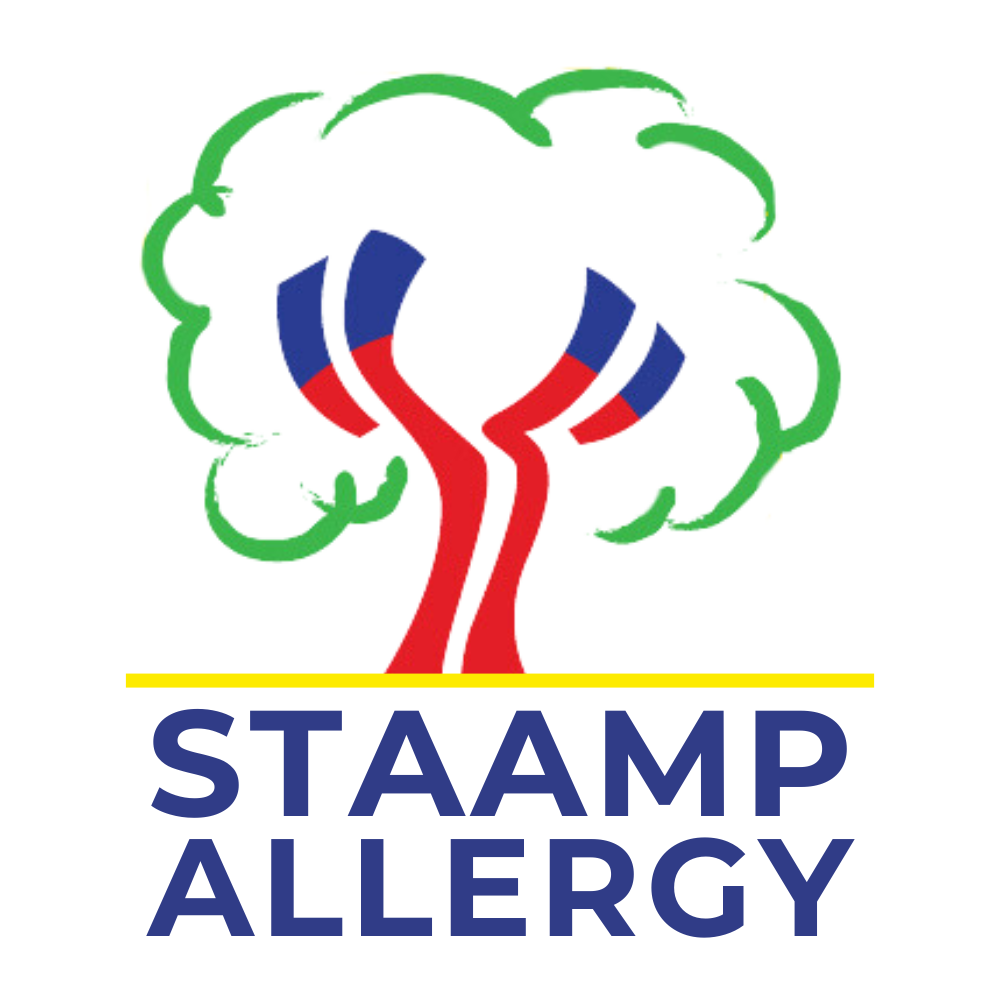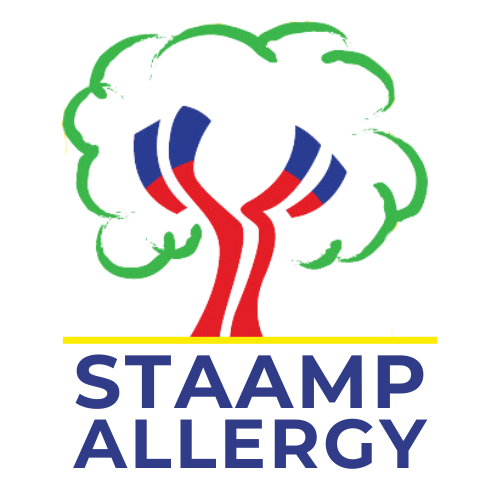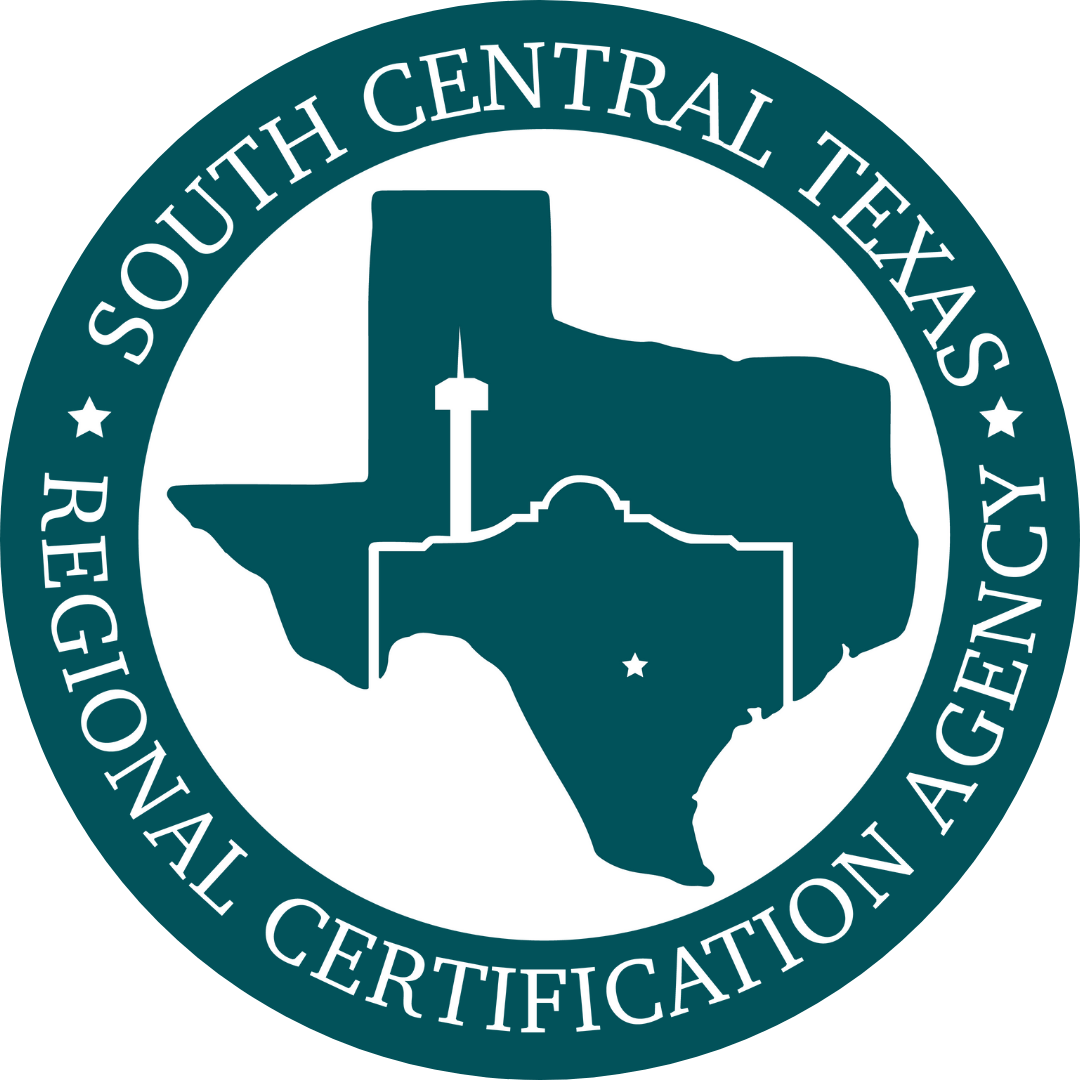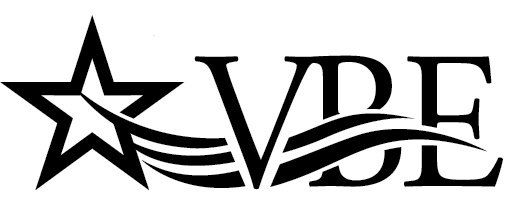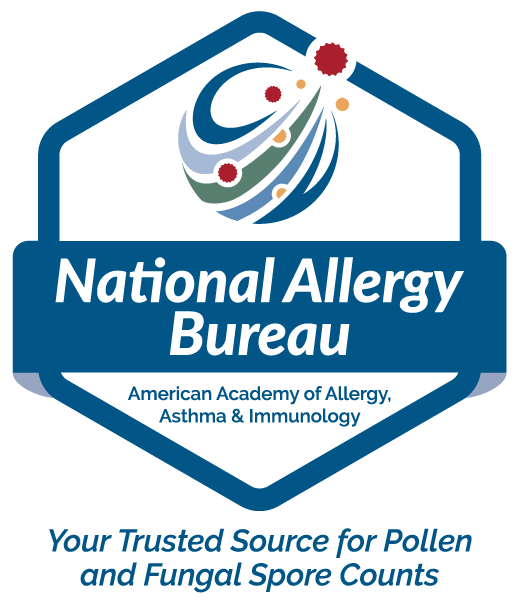Ragweed pollen allergy, also known as “hay fever”, starts setting in mid-August and lasts until mid-October. It’s one of the most common causes of seasonal allergies, causing symptoms like runny nose, sneezing, and itching in children and adults.
Here are 6 tips to make the allergy season more manageable:
Ragweed pollen peaks in the mornings:
Track ragweed pollen counts by visiting STAAMPAllergy.com and limit your outdoor activities to the afternoon and evening.
Start allergy treatment in the summer:
Talk to your STAAMP Provider before the peak of ragweed season in mid-September.
Avoid plants related to Ragweed:
Sunflowers, sage, burweed marsh elder, rabbit brush, mug wort, groundsel bush, and eupatorium plants are some you should avoid.
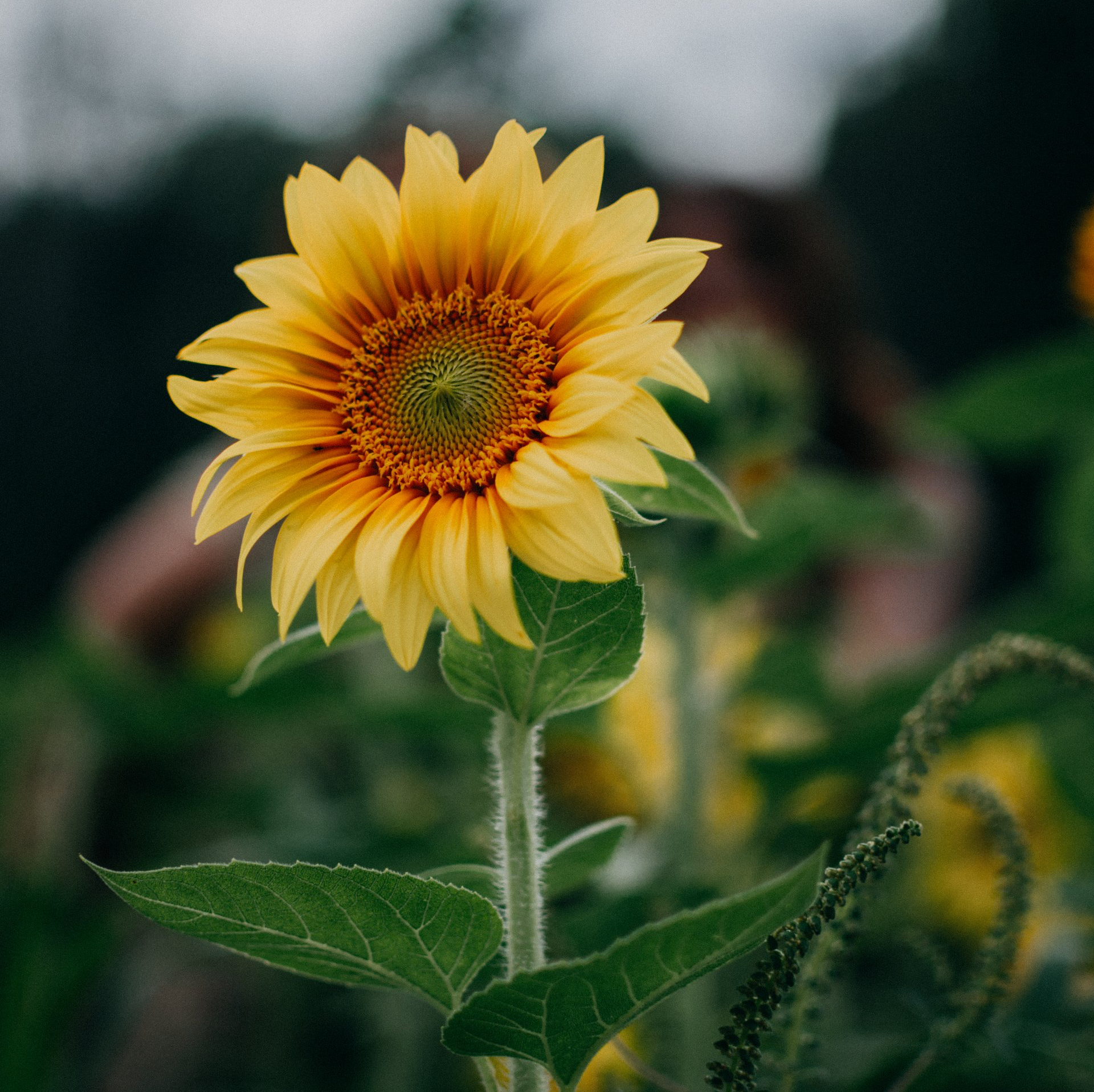
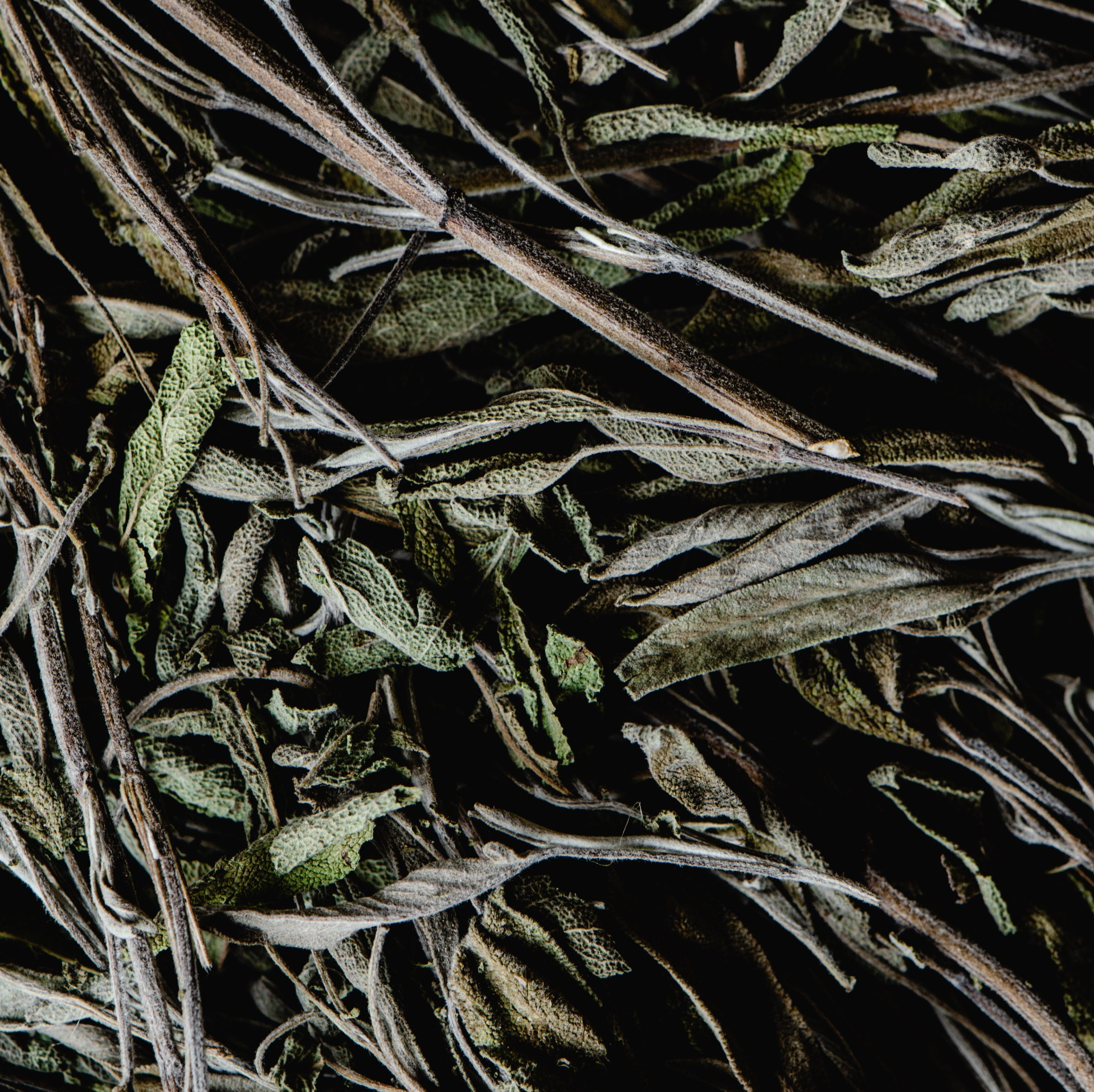
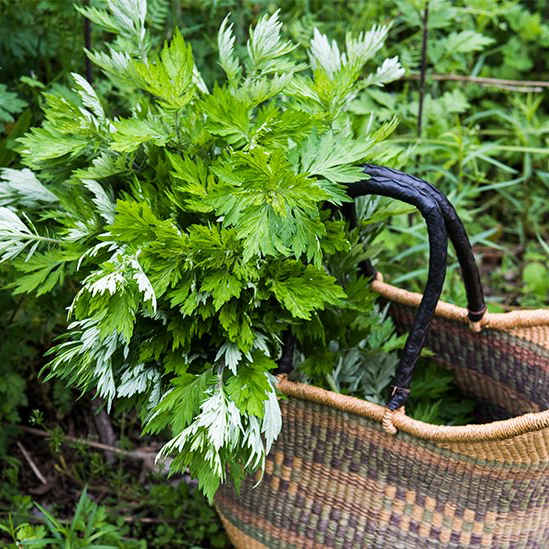
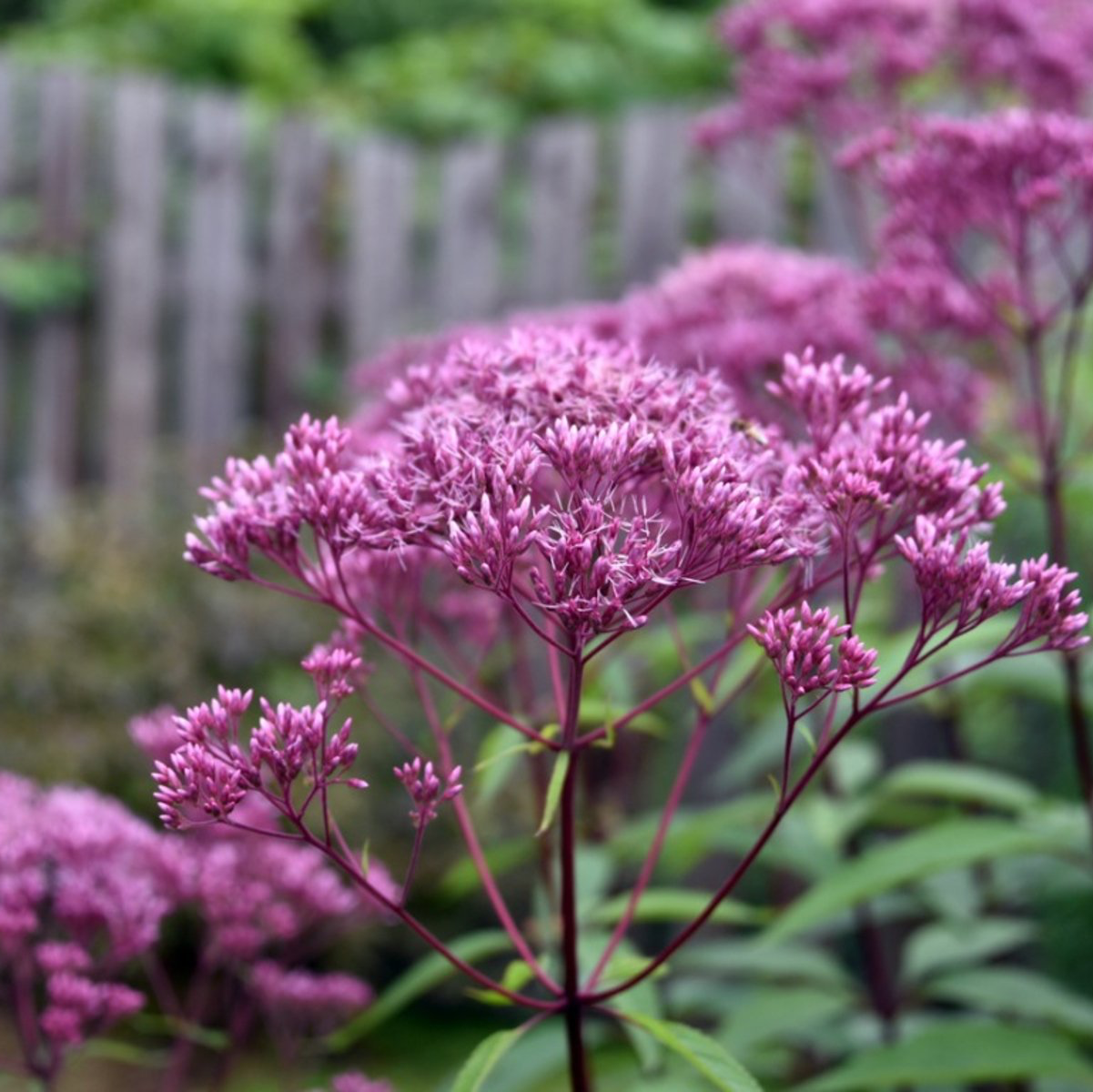
Oral allergy syndrome:
Some foods have proteins similar to the ragweed pollen and can cause symptoms like itching in your mouth. Foods to avoid are cantaloupe, bananas, watermelon, and sunflower seeds.
Prevent Ragweed pollen from coming into your home:
Covering your hair with a hat, using sunglasses, and wearing a mask can reduce your exposure to pollen. Leave your shoes outside and take a bath after spending time outdoors.
Pay attention to indoor air quality:
Clean and maintain your air conditioner filters and air purifiers.



